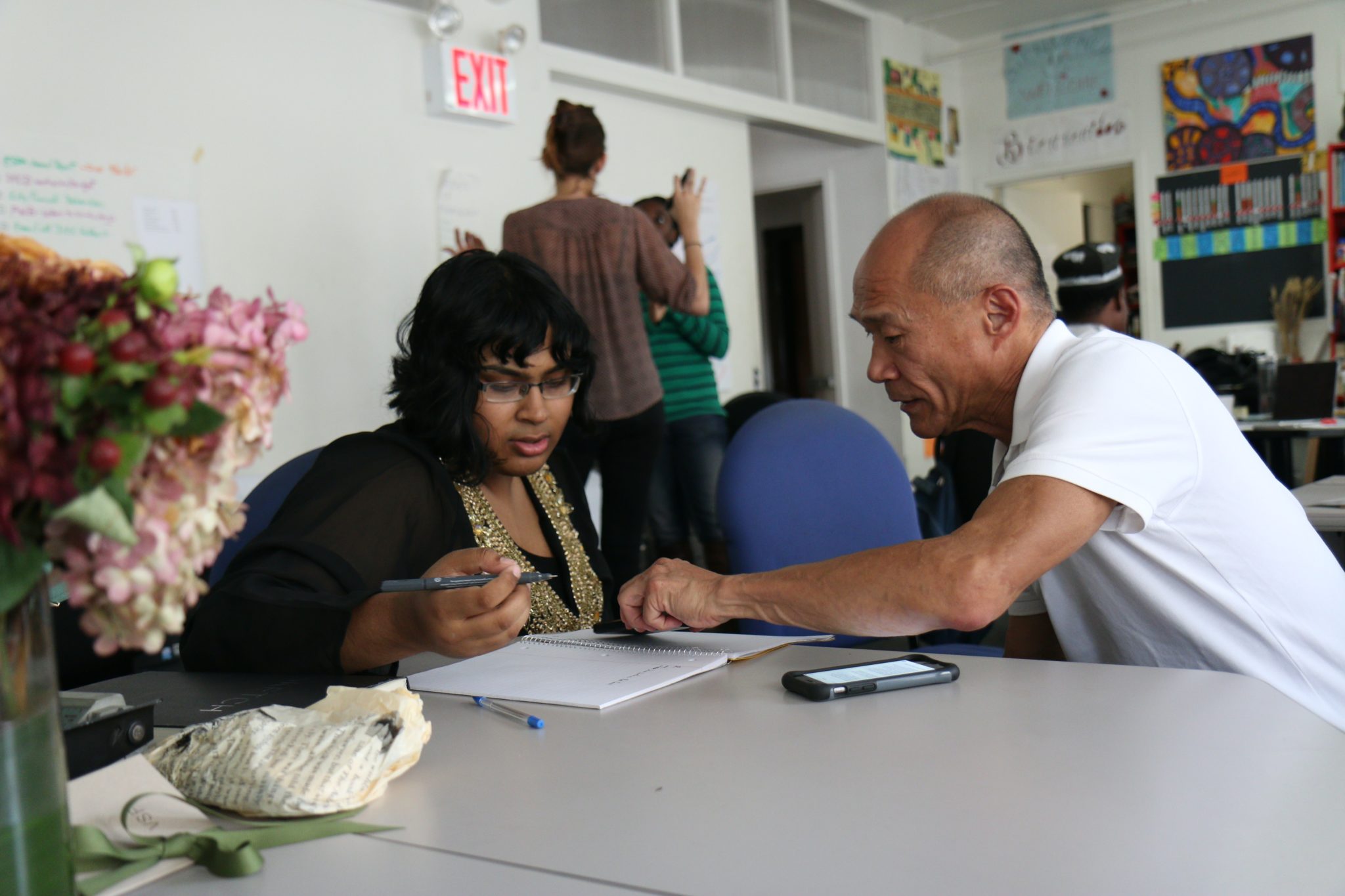Creating a safe therapy space for children is essential in providing them with the opportunity to heal and develop trust. As a professional therapist, it can often be challenging to build meaningful relationships and ensure that the environment feels secure. By understanding how to foster strong rapport and enabling open communication within a therapeutic setting, an atmosphere of safety that allows children to process their experiences without fear or judgment can be created. Dr. Brett Holeman, certified school psychologist, shares strategies for building positive trust between child clients and therapists while maintaining confidentiality protocols.
The Importance Of Creating A Safe Space For Children In Therapy
Children often experience challenges and obstacles that can be difficult to navigate independently, so creating a safe space for them to express themselves freely and comfortably is crucial. This environment can help promote trust and understanding between the child and therapist, allowing them to share their thoughts, emotions, and experiences openly. By doing so, the therapist can gain insight into the child’s worldview, identify possible areas of concern, and work collaboratively to develop a therapy plan that benefits the child’s well-being. Creating a safe space for children in therapy can be a transformative process that supports their mental and emotional growth, providing them with the tools necessary to lead fulfilling and healthy lives.
Building Trust Through Positive Reinforcement
Positive reinforcement can impact building trust in relationships. By praising, acknowledging, or rewarding good behavior, individuals are likelier to continue demonstrating positive actions. This creates a cycle of trust and positivity, as both parties involved appreciate and understand the significance of their actions. As a result, the relationship grows stronger, and trust is built over time. Utilizing positive reinforcement can ultimately lead to increased performance, better communication, and deeper connections between individuals.
Establishing Ground Rules And Boundaries
When it comes to relationships, establishing ground rules and boundaries is essential for maintaining a healthy and respectful connection. By openly discussing and setting boundaries, we can not only prevent misunderstandings but also build a foundation of trust and understanding. Establishing ground rules and boundaries may not always be easy, but the effort will undoubtedly pay off.
Encouraging Open Communication And Respectful Listening
Effective communication is an important aspect of any relationship. Encouraging open communication and respectful listening is an essential element of building strong connections with others. When we listen and communicate openly and respectfully, we create an environment that fosters understanding, tolerance, and compassion. By letting people express themselves without fear or judgment, we can develop a deeper connection with others and build healthier relationships. Open communication and respectful listening require practice, but with time and effort, they can enrich our lives and improve our interactions with others.
Creating A Supportive Environment With Empathy
Creating a supportive environment with empathy is essential for overall well-being. Being empathetic involves understanding and feeling another person’s emotions, which can help build trust and strengthen relationships. It is important to listen actively, provide emotional support, and offer positive feedback. By creating a supportive environment with empathy, individuals can experience greater psychological resilience and a healthier mental state. Empathetic communication can help individuals feel understood and supported, leading to a more positive outlook.
Strategies For Easing Anxiety In Young Clients
As a counselor or therapist working with young clients, it’s important to establish strategies for easing anxiety. Anxiety can be a debilitating condition for anyone, but it can be particularly tough on young people who are still learning how to navigate the complexities of life. Fortunately, there are effective strategies for helping young clients learn to manage their anxiety. These include deep breathing exercises, mindfulness meditation, visualization techniques, and cognitive-behavioral therapy. By working together with clients and using these approaches, they can gain the tools they need to manage their anxiety and live a happier and more fulfilling life.
Managing The Stress Of Working With Kids In Therapy Settings
Working with children in therapy settings can be both rewarding and challenging. Therapists are responsible for helping young clients navigate through difficult emotions and experiences. However, working with kids can also be stressful, particularly when dealing with issues such as complex trauma or behavioral disorders. It is important to take steps to manage stress and avoid burnout. This can include setting boundaries with clients and their parents, practicing self-care, and seeking colleague support.
Self-Care Tips For Therapists Working With Kids
Being a therapist can be tough, but being a therapist for kids can be an even greater challenge. Therapists should practice mindfulness exercises and meditation to help them stay centered and focused. They should also prioritize their own needs by taking breaks and scheduling time for self-care activities. Therapists can ultimately provide better care for their young clients by taking care of themselves.
Final Thoughts
While creating a safe, supportive environment, respecting boundaries, and implementing positive reinforcement are essential for successful outcomes in working with children in therapy settings, the work can also be stressful. Self-care is an important part of being able to help young clients best. It can include physical activities and learning to restructure thoughts to cope more effectively with stress. These may seem like small steps, but ultimately, taking care of oneself will lead to a healthier practice overall. Building trust through positive reinforcement, setting clear boundaries, encouraging open communication and respectful listening, creating a supportive environment with empathy, providing strategies for easing anxiety, and managing stress all create a safe space for children in the therapy setting.












